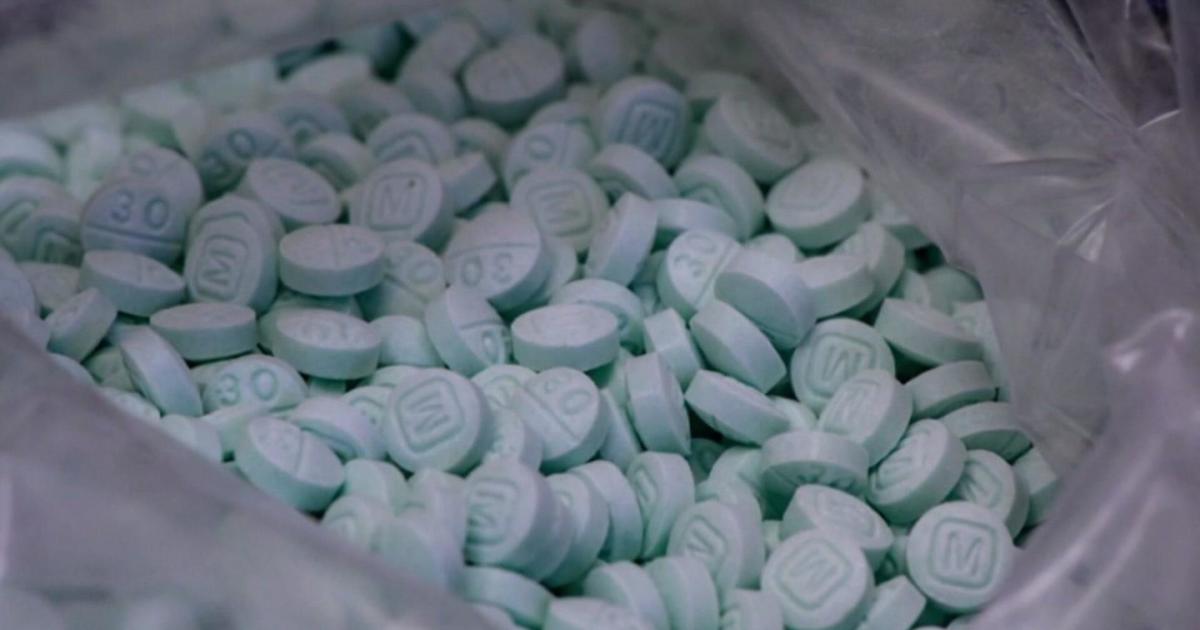Bigger Poison Ivy Leaves Mean Larger Risk
MINNEAPOLIS (WCCO) - At some point, most of us will either come into contact with poison ivy or know someone with the telltale rash.
According to the CDC, roughly 90 percent of people exposed to the poisonous oil on the leaves of the plant will have an allergic reaction. It spreads easily and can last for days.
David Beck of Minnetonka frequents the wooded areas of Minnesota in the summer months.
"Our family has a camper, and we go out almost every weekend," he said.
But as Beck explores nature, he knows that within the vegetation lurks one plant worth avoiding.
"We've done all the Minnesota State Parks, so we know poison ivy well," Beck said.
Poison ivy leaves a painful impression for most who come in contact with it.
The oil on the leaves causes the allergic reaction, and it can often take 12 to 24 hours before the rash appears.
"Some people are pretty allergic," said Dan Miller, a scientist at the Minnesota Landscape Arboretum. "Once they touch it, they'll get a rash."
The poisonous plant is growing in one area of the Minnesota Landscape Arboretum, and Miller couldn't help but notice the leaves aren't the average size.
"I've seen it in other places where it's not as big at this time of the year," Miller said.
There's research that suggests warmer temperatures and increasing levels of carbon dioxide in the atmosphere may have an impact.
Horticulture researchers at the University of Minnesota say higher levels of carbon dioxide allow certain plants, like poison ivy, to grow larger leaves.
Larger leaves can lead to a higher likelihood that an unsuspecting hiker will come in contact.
"I'm pretty sure I've touched it, but I haven't gotten the rash," Beck said.
Beck believes he's one of the 10 percent who won't get an allergic reaction, but he's unwilling to test his theory.
There's an old saying when it comes to poison ivy: If there are leaves of three, let it be.
U of M researchers also say that wet weather creates ideal growing conditions for poison ivy.
While most allergies show up less often as you get older, the poison ivy allergy typically gets worse each time a person comes in contact with the oil.



